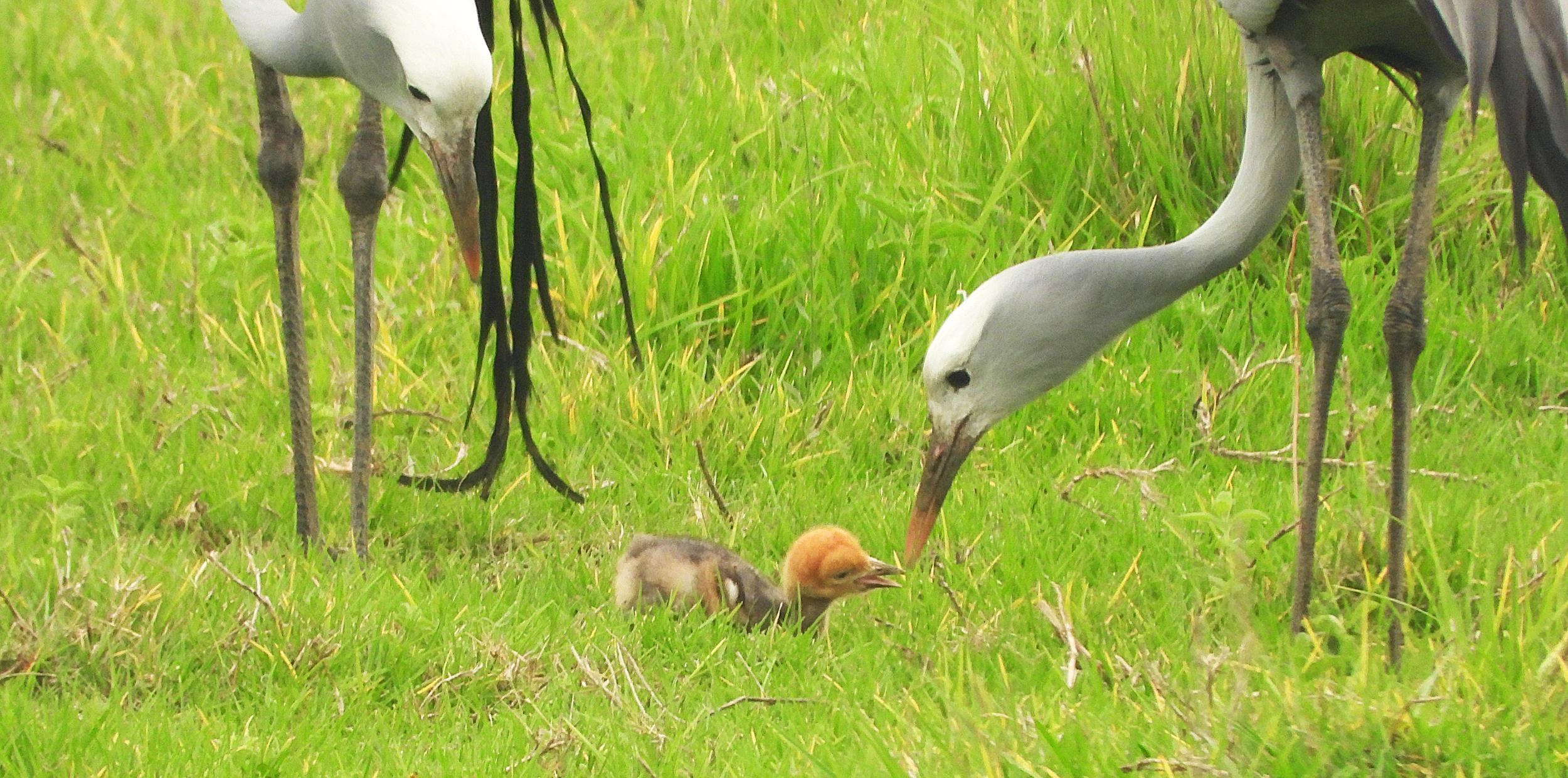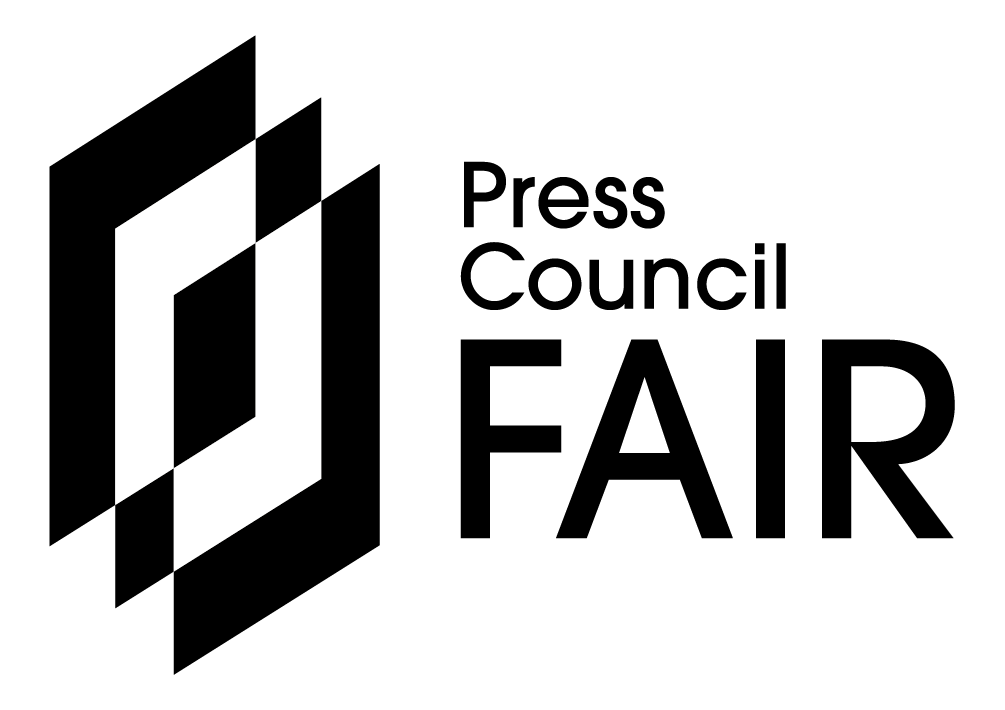ENVIRONMENT NEWS - The iconic Blue Crane, South Africa’s national bird, has been uplisted from 'near threatened' to 'vulnerable' in the newly published Regional Red Data Book 2025.
This significant change reflects growing concern about the species’ future, indicating a high risk of extinction in the wild in the medium term.
Endemic to South Africa, with a small population in Namibia, there are less than 30 000 of these majestic birds (Anthropoides paradiseus) remaining worldwide.
While the Karoo boasts the highest number of Blue Cranes in South Africa, alarming data from the long-running citizen science project, Coordinated Avifaunal Roadcounts (Car), reveals a 44% decline in Blue Crane numbers in the Overberg region of the Western Cape between 2011 and 2025.
This decline is particularly concerning given that the region once had a thriving population, with Car counts that showed a 261% increase between 1994 and 2010.
"The uplisting of the Blue Crane to vulnerable is a stark reminder that conservation is an ongoing battle, and our national bird needs us now more than ever," says Lynda du Plessis, manager of the Ford Wildlife Foundation.
"In the shadow of Heritage Month, we are reminded that protecting our natural heritage is as vital as preserving our cultural roots. The Ford Wildlife Foundation is immensely proud to stand shoulder-to-shoulder with the Endangered Wildlife Trust (EWT) and International Crane Foundation (ICF) in this renewed, urgent fight.
"Our locally built Ford Ranger is more than just a vehicle; it’s a critical enabler, providing the robust, reliable mobility needed for conservationists to reach remote areas, reinvigorate vital citizen science projects like Car and engage directly with farmers and communities."
Understanding and reversing the decline
Research by EWT Conservation Scientist, Dr Christie Craig, reveals that breeding success in the Overberg has declined dramatically in the last 30 years, with pairs now raising just 0,55 fledglings, far below what is needed to sustain the population.
MSc student Michelle Bouwer's findings point to disturbance and high temperatures as key drivers of nest failure, compounded by fence entanglement for flightless chicks.
Blue Cranes, occurring almost entirely outside protected areas, are also secondary victims of poisoning, often from substances intended for other species and face ongoing threats from power line collisions, especially with new energy infrastructure in renewable energy development zones.
These challenges are exacerbated by changes in farming practices, such as minimum till and increased canola production, which may have reduced suitable feeding and breeding areas.

Recognising these complexities, the EWT/ICF partnership, with the help of the International Union for Conservation of Nature (IUCN) Conservation Planning Specialist Group, has coordinated a multi-stakeholder conservation plan involving organizations like the Overberg Crane Group (OCG), CapeNature, and BirdLife SA.
This comprehensive strategy is built on four key pillars:
- Habitat protection: Expanding work from the Drakensberg to the Western Cape and Karoo.
- Addressing energy infrastructure impacts: Mitigating power line collisions and improving infrastructure routing, in partnership with energy suppliers like Eskom.
- Crane friendly agriculture: Engaging with the agricultural industry to co-create solutions for threats such as poisoning, breeding disturbance and crop damage, while adapting to new farming methods.
- Research and monitoring: Reinvigorating citizen science projects like Car and continuing research to track population changes and inform evidence-driven conservation.
"The uplisting of the Blue Crane is a wake-up call, but it also galvanises our resolve. Our work takes us across vast and varied landscapes, from the extensive Karoo to the dense agricultural fields of the Overberg, where every kilometer counts," says Dr Damian Walters, Senior Conservation Manager at the Endangered Wildlife Trust/ICF.
"The Ford Ranger provided by the Ford Wildlife Foundation is absolutely vital.
"It ensures we can reach remote Car count routes, investigate nest failures caused by disturbance or high temperatures, consult with farmers on crane-friendly agriculture, and conduct critical power line mitigation work in the renewable energy zones.
"The Ranger's all-terrain capability means our teams can respond rapidly to incidents, monitor populations effectively, and foster the farmer relationships that are the backbone of this conservation effort."
The EWT team undertakes extensive fieldwork, recently completing its 30th annual crane aerial survey across KwaZulu-Natal, Mpumalanga and the Eastern Cape.
They are fitting satellite trackers to Wattled Crane chicks and testing drones to improve nest monitoring.
The team has travelled approximately 28 000km in the Ford Ranger since December 2024, navigating everything from smooth tar to treacherous dirt roads and wetlands.
Ford has been involved in environmental projects for 30 years and the Ford Wildlife Foundation was established in 2014.
It currently supports 28 projects across South Africa and one project in Mozambique. This comprises 17 conservation projects, seven research projects and five environmental education projects. For more information on the Ford Wildlife Foundation and its supported conservation projects, click here.
‘We bring you the latest Garden Route, Hessequa, Karoo news’















